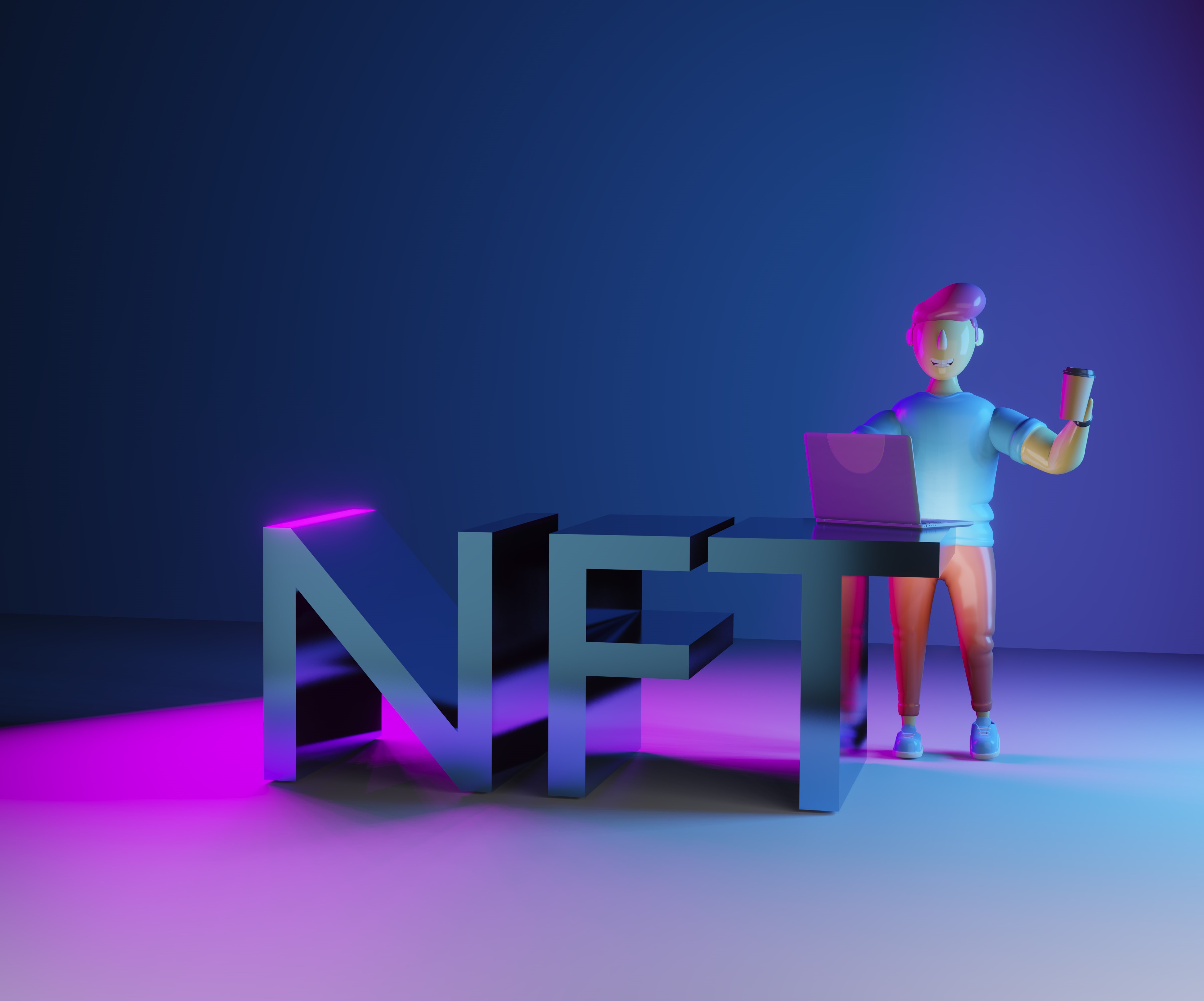Non-fungible tokens (NFTs) have taken the world by storm in recent years, and with them has come a growing demand for NFT marketplaces. NFT marketplaces are online platforms where users can buy, sell and trade NFTs.
If you are interested in developing your own NFT marketplace, there are a few things you need to keep in mind. In this guide, Webcom Systems, a leading NFT development company, will walk you through the steps involved in developing an NFT marketplace.
Step 1: Define your goals and requirements
The first step in developing an NFT marketplace is to define your goals and requirements. What kind of NFT marketplace do you want to create? What features will it have? What kind of users will it target?
Once you have a good understanding of your goals and requirements, you can start to develop a plan for your NFT marketplace.
Step 2: Choose the right blockchain platform
One of the most important decisions you will make when developing an NFT marketplace is which blockchain platform to use. There are many different blockchain development platforms available, each with its own advantages and disadvantages.
Some of the most popular blockchain platforms for NFT marketplaces include:
- Ethereum
- Polygon
- Solana
- Avalanche
- Flow
When choosing a blockchain platform, you need to consider factors such as transaction fees, scalability, and security.
Step 3: Develop the core features of your NFT marketplace
The core features of your NFT marketplace are the features that will allow users to buy, sell, and trade NFTs. These features should include:
- A user interface that allows users to browse and search for NFTs
- A system for users to buy and sell NFTs
- A system for users to store and manage their NFTs
- A system for users to pay transaction fees
Step 4: Add additional features
In addition to the core features, you may also want to add additional features to your NFT marketplace, such as:
- A marketplace discovery feature to help users find new NFTs
- A social media integration feature to allow users to share their NFTs with others
- A bidding system for NFTs
- A system for users to create and sell their own NFTs
Step 5: Test and deploy your NFT marketplace
Once you have developed all of the features for your NFT marketplace, you need to test it thoroughly to make sure that it works properly. You should also test it with a variety of different users to get feedback.
Once you are satisfied with your NFT marketplace, you can deploy it to production.
Step 6: Market and promote your NFT marketplace
Once your NFT marketplace is deployed, you need to market and promote it to attract users. You can do this through a variety of channels, such as social media, paid advertising, and influencer marketing.
Conclusion
Developing an NFT marketplace is a complex process, but it can be a rewarding one. By following the steps outlined in this guide, you can develop an NFT marketplace that is successful and profitable.
Additional tips from Webcom Systems
Here are a few additional tips from Webcom Systems for developing a successful NFT marketplace:
Focus on a specific niche. There are many different types of NFT marketplaces, so it is important to focus on a specific niche, such as art, music, or gaming. This will help you to attract a target audience and differentiate yourself from other NFT marketplaces.
Build a strong community. A strong community is essential for any NFT marketplace. You can build a community by engaging with users on social media, hosting events, and offering rewards to users who participate in the community.
Invest in security. Security is a top priority for any NFT marketplace. You need to make sure that your marketplace is secure from hackers and other threats. You should also have a clear plan in place for dealing with security breaches.
By following these tips, you can develop an NFT marketplace that is successful and profitable.
Recommended Read: How Blockchain Works?

Comments
Post a Comment